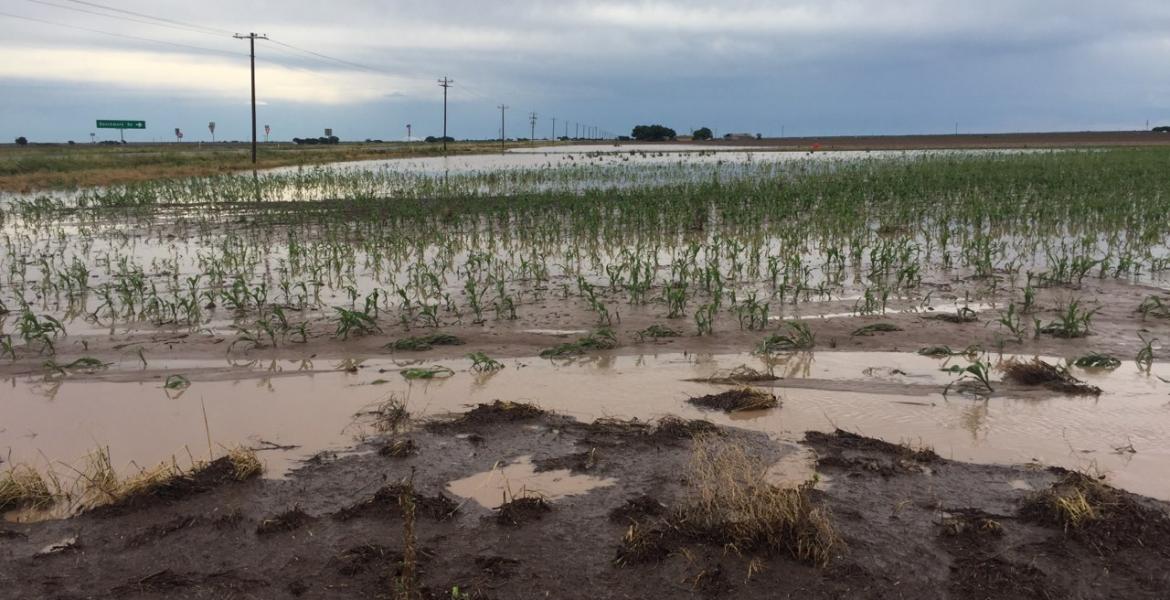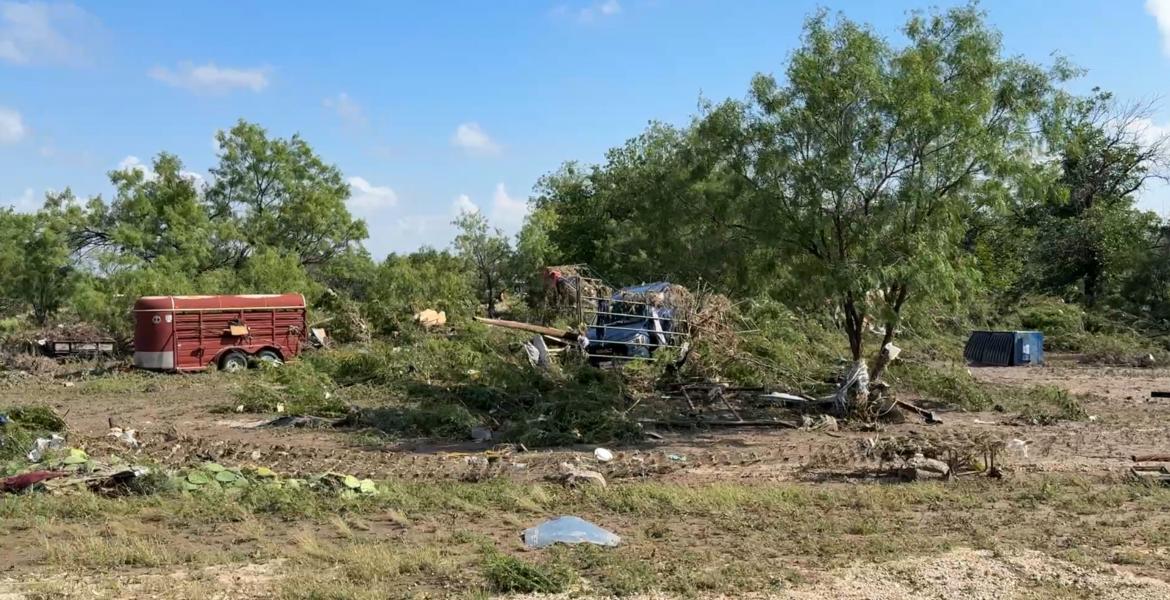Wildfires have begun to spring up in the county in the past few weeks. In response, volunteer fire departments (VFDs) and the Texas A&M Forest Service (TFS) have been busily preparing for more in the near future.
“Several of the fires have been caused by escaped controlled burns, so that’s why I’m urging people to be cautious with that and that they check with the counties for burn ban information,” Peter Vidmar, TFS regional fire coordinator said. “With all that rain and growth of grass, we’re also starting to see fires start to grow fairly large now.”
The unusually wet spring has caused grasses to grow overlong and the subsequent dry spell resulted in a good deal dead grass. VFDs and TFS are concerned with how this grass can become a natural fuel for fires if a spark would happen to catch them aflame.
“Cutting back some of those shrubs, particularly the volatile ones that have a lot of oils in them like the junipers from the house [helps to prevent wildfires],” Vidmar said. “Yes, it’s nice to have the shade, but those pose a hazard to the structure in the event of a fire.
In addition to the county’s dangerous dry climate, deputy fire chief of the Grape Creek Volunteer Fire Department Jose Rivera acknowledged the climate’s fickle nature as a danger to the area.
“Where we’re at, this is how our climate is,” Rivera said. “It’s so unpredictable. [On] days like [today], it’s still dry, the humidity is low, it’s windy, and we’ve got a heavy fuel. The threat of wildfire is near.”
TFS helps local VFDs and paid fire departments to control fires that may go beyond their abilities and outstretch their resources. TFS also works with energy companies involved in oil and gas to make sure that areas near energy factories are safe for firefighters and to minimize losses.
“Texas Forest Services helps administer several grant programs that purchase equipment and training for volunteer and paid departments,” Vidmar said. “That increases the ability of the local resources to be able to handle fires or at least keep them smaller for longer.”
Rivera said that large scale wildfires are a disaster that most people rarely consider happening in their own county. In contrast, he stressed the importance of preparing for such a situation.
“As volunteers, we prepare ourselves, we make sure all of our firefighting equipment is operational,” Rivera said. “We train regularly and we educate the community.”
Rivera referenced the huge wildcat fire in Texas in 2011 as an example of how dangerous a wildfire could be.
“People wonder why our volunteers respond so quickly to the grass fires,” Rivera said. “These big wildfires, they start off as little grass fires on the side of the road. That big wildfire in 2011 was just a little grass fire started by a burn barrel. We’re preparing ourselves now to make sure nothing like that happens again.”
The county has also taken notice of wildfires; in order to combat potential fires, the county commissioners chose to implement a burn ban this Tuesday.
“Thank goodness the county commissioners enacted a burn ban when they did,” Rivera said. “The burn ban definitely helps [offset wildfires] because when there’s a burn ban, trash fires and debris fires are illegal. So it kind of slows things down for us.”
According to Rivera, the biggest challenges for VFDs in the county are personnel shortages and a shortage of water, respectively.
“All of the volunteer fire departments in the county are ran by 100 percent volunteers,” Rivera said. “Particularly in the daytime, you might not have a response from your volunteer fire department because the volunteers need to pay their bills too. So a lot of them work during the day.”
The only way to combat this issue is for more individuals in the community to volunteer for VFDs.
“Volunteers are hard to come by,” Rivera said. “We encourage the community to [volunteer for] the local volunteer fire department even if they live in the city. There’s plenty of opportunities to get involved in the community. I would say about half of the guys in my department live in the city now, but they reside in the county and they respond to grape creek to assist.”
In addition to a shortage of volunteers for VFDs, the departments also struggle with a lack of fire hydrants in the county outside of the city.
“When there’s a wildfire, we have these trucks that can put out some good water, but they run out pretty quick, so our next challenge is getting water to them,” Rivera said. “We depend on other fire departments. We assist each other.”
Rivera cited public awareness as the most effective way to prevent wildfires. He also stressed the real danger of wildfires in the area.
“Dry conditions, high dead vegetation; you add that all up with the hot weather, those are a recipe for disaster,” Rivera said.
Subscribe to the LIVE! Daily
Required






Post a comment to this article here: